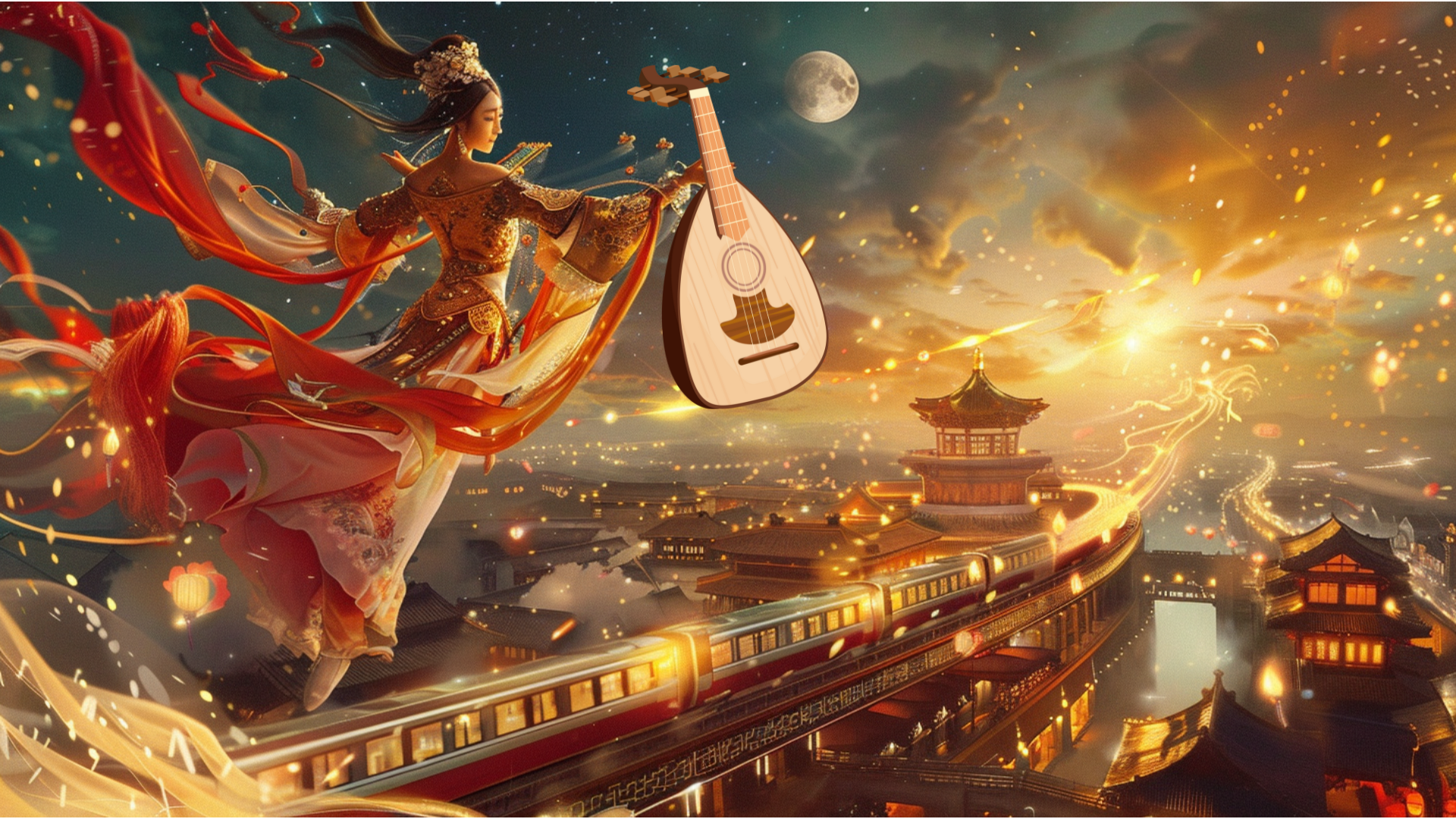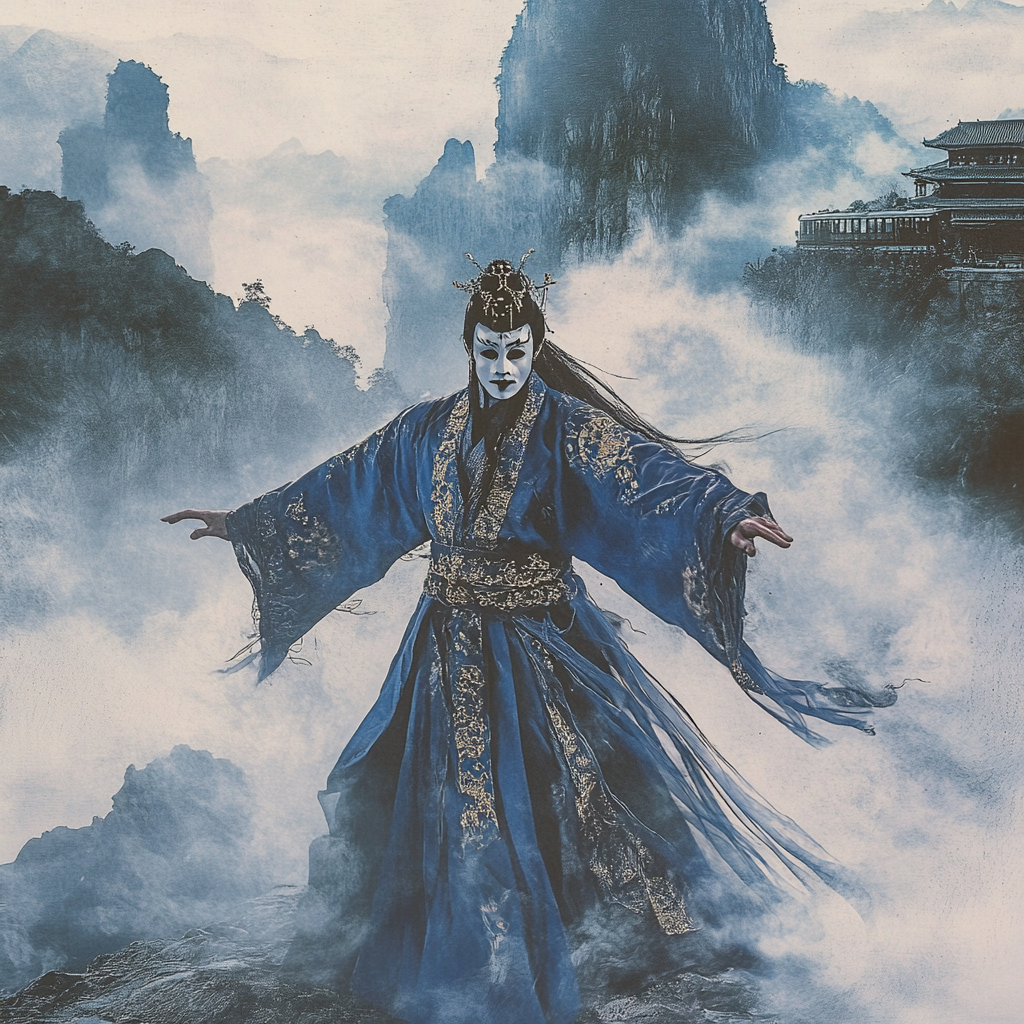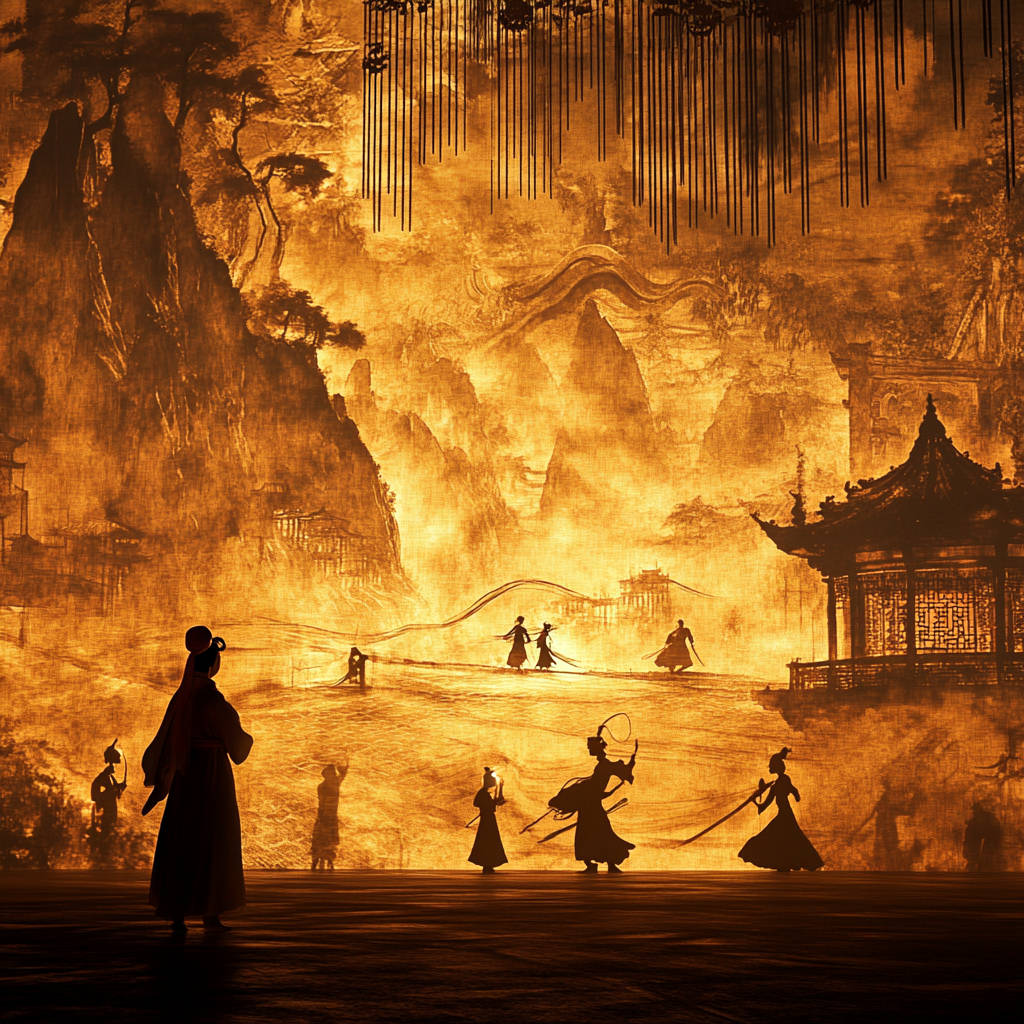《一吼成火》|秦腔 · 西成高铁 · 西安
這不是一篇地方戲曲的導覽文,而是一場關於「吼」的文明對話。本文以「節奏文明敘事法」書寫,將秦腔、高鐵與教育視為三種節奏系統:身體的吶喊、技術的轟鳴、認知的節拍。從秦腔的「吼」談起,深入探討其聲腔結構與文化根性,再寫至「噴火」這一絕技,呈現其從儀式邊界到劇場張力的轉化。文章亦以「跳躍、旋轉、流轉」三節奏為軸,連結高鐵的節拍設計、教育的節奏翻譯,與秦腔的身體動作與情緒流動。西成高鐵穿越秦嶺,百年易俗社守望西安,鐵道、舞台與教室,在此三重共鳴中形成一首文明的吼唱。這不是文化的追憶,而是一場面向未來的節奏再啟。This is not a guide to local opera, but a civilizational dialogue about the roar. Written in the narrative key of Rhythm Civilization, it treats Qinqiang opera, high-speed rail, and education as three rhythm systems: the body’s outcry, technology’s thunder, and cognition’s beat. Beginning with Qinqiang’s hou—its roar—we delve into its vocal architecture and cultural roots, then to the virtuoso feat of “spitting fire,” tracing its shift from ritual boundary to theatrical tension. Guided by the triplet leap · turn · flow, the essay links rail tempo design and pedagogical rhythm to Qinqiang’s corporeal gestures and emotional currents. As the Xi’an–Chengdu HSR cleaves the Qinling Mountains and the century-old Yisu Society keeps watch over Xi’an, track, stage, and classroom rise in triple resonance—forming a choral roar of civilization. This is not a backward glance at culture, but a rhythm reboot aimed at the future.















